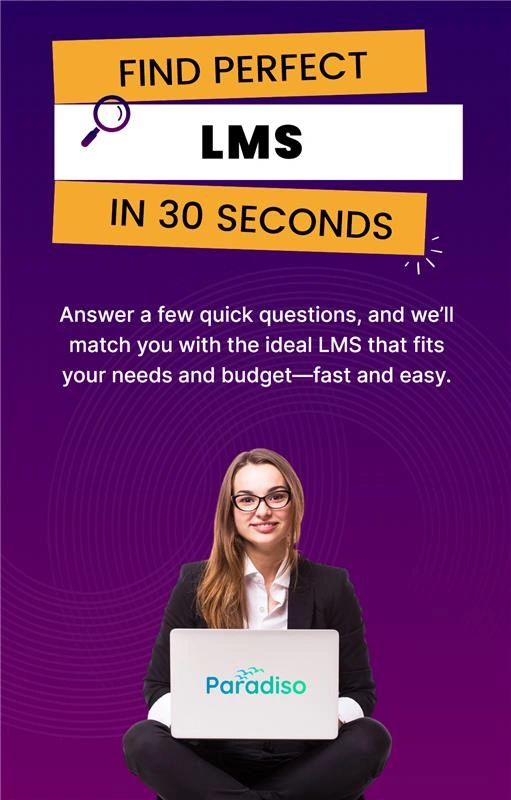What Is an Authoring Tool?
An authoring tool is a software application that enables users to create interactive multimedia content and digital applications without requiring extensive programming knowledge. These tools span across various industries and purposes, from creating websites, mobile apps, and interactive presentations to developing eLearning courses, training materials, and multimedia publications.
Authoring tools provide intuitive interfaces, often featuring drag-and-drop functionality, pre-built templates, and multimedia integration capabilities that allow users to combine text, images, audio, video, and interactive elements into cohesive digital experiences.
Modern authoring tools distinguish themselves through features like visual development environments, automated code generation, real-time preview capabilities, and multi-platform publishing options that enable content creators, educators, designers, and business professionals to transform their ideas into interactive digital products efficiently.
Key Features to Look For
- Visual Development Interface: Drag-and-drop functionality and WYSIWYG editors that allow content creation without coding knowledge, making development accessible to non-technical users.
- Multimedia Integration: Seamless incorporation of images, videos, audio files, animations, and interactive elements to create rich, engaging content.
- Template Libraries: Pre-designed layouts, themes, and components that accelerate development time while maintaining professional quality and consistency.
- Interactive Elements: Tools for adding clickable buttons, forms, navigation menus, animations, and user input features that enhance engagement and functionality.
- Multi-Platform Publishing: Export capabilities for various formats and platforms — web browsers, mobile devices, desktop applications, and LMS.
- Collaboration Features: Real-time editing, version control, and review workflows that enable team-based development and content management.
Popular Examples in the Market
- Paradiso Authoring Tool: Specialized for educational content creation with AI-powered features for course development and assessment generation.
- Adobe Captivate:Advanced authoring tool with AI voices and simulations for complex multimedia courses.
- iSpring Suite: PowerPoint-based tool for rapid interactive course creation and assessments.













